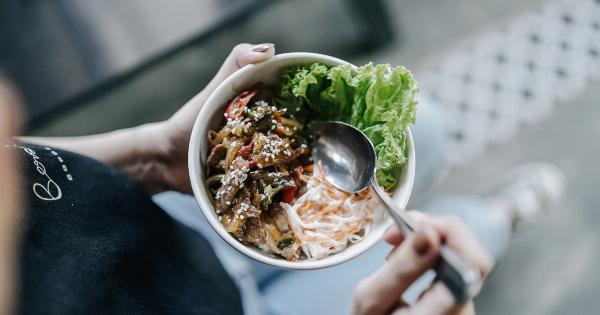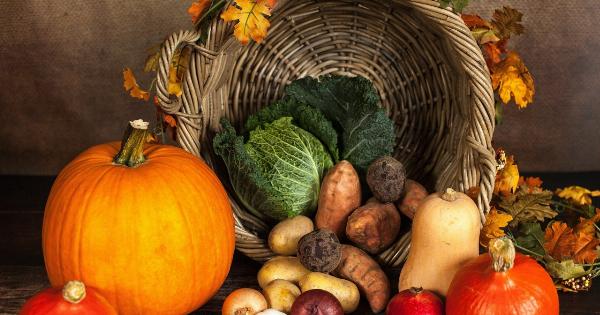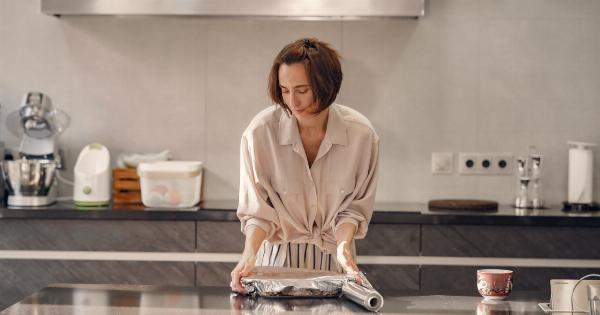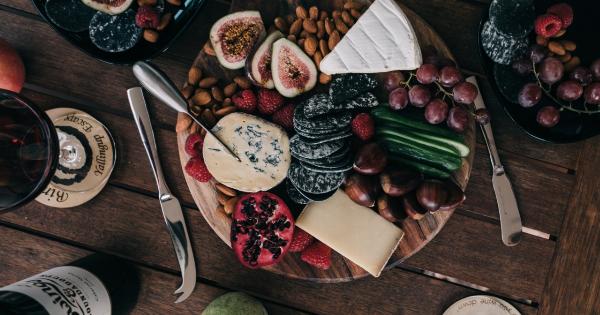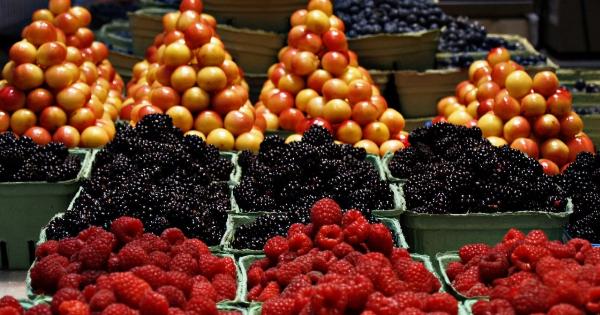Freezing food is one of the most effective ways to preserve it for a long time. However, there are some best practices you should follow to ensure that your frozen food remains safe to consume and maintains its quality.
Here are some tips for freezing foods:.
Freezing fruits and vegetables
When it comes to freezing fruits and vegetables, the key is to blanch them first. Blanching involves boiling the produce for a short period of time, then plunging it into ice water to stop the cooking process.
This helps to preserve the color, flavor, and texture of the produce. Once blanched, you can freeze the fruits and vegetables in airtight containers or freezer bags. Be sure to label the containers with the date and contents.
Freezing meat, poultry, and fish
When freezing meat, poultry, and fish, it’s important to wrap them tightly in plastic wrap or freezer paper to prevent freezer burn. Freezer burn occurs when the food is exposed to air, which causes it to become dehydrated.
You can also use a vacuum sealer to remove all of the air from the packaging. Again, be sure to label the packages with the date and contents.
Freezing leftovers
Leftovers can be a great way to have a quick, easy meal ready to go. To freeze leftovers, make sure they are completely cooled first. Then, transfer them to airtight containers or freezer bags. Label the containers with the date and contents.
Thawing frozen foods
When it comes time to use your frozen foods, it’s important to thaw them safely. The best way to do this is in the refrigerator. Simply transfer the food from the freezer to the fridge and let it thaw overnight.
This will help to maintain the quality of the food and prevent any harmful bacteria from growing. If you need to thaw something quickly, you can also use the microwave.
Using frozen foods
When using frozen fruits and vegetables, they can be added directly to dishes without thawing first. This is because they will thaw as they cook.
When cooking meat, poultry, or fish, it’s best to thaw them fully before cooking to ensure that they cook evenly.
Storing frozen foods
When storing frozen foods, it’s important to keep them in the coldest part of the freezer. This is usually the back or bottom of the freezer. Make sure to keep the freezer temperature at 0°F or below to prevent the growth of harmful bacteria.
It’s also a good idea to organize your freezer so that you can easily access the foods you need.
Planning ahead
One of the best ways to make the most of freezing foods is to plan ahead. You can buy fresh produce when it’s in season and freeze it for later use. You can also cook large batches of meals and freeze leftovers for quick and easy meals in the future.
Conclusion
Freezing food is a great way to preserve it for later use. By following these best practices, you can ensure that your frozen food remains safe to consume and maintains its quality.
Whether you’re freezing fruits and vegetables, meat, poultry, fish, or leftovers, make sure to label the containers with the date and contents and keep everything in the coldest part of the freezer.


















